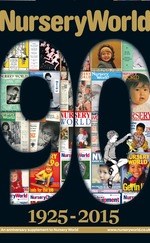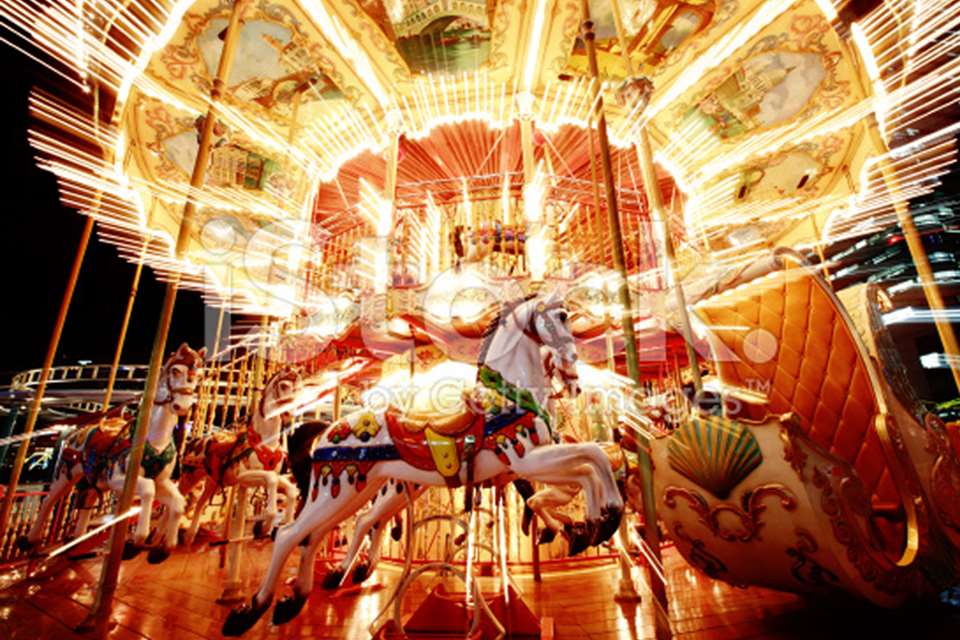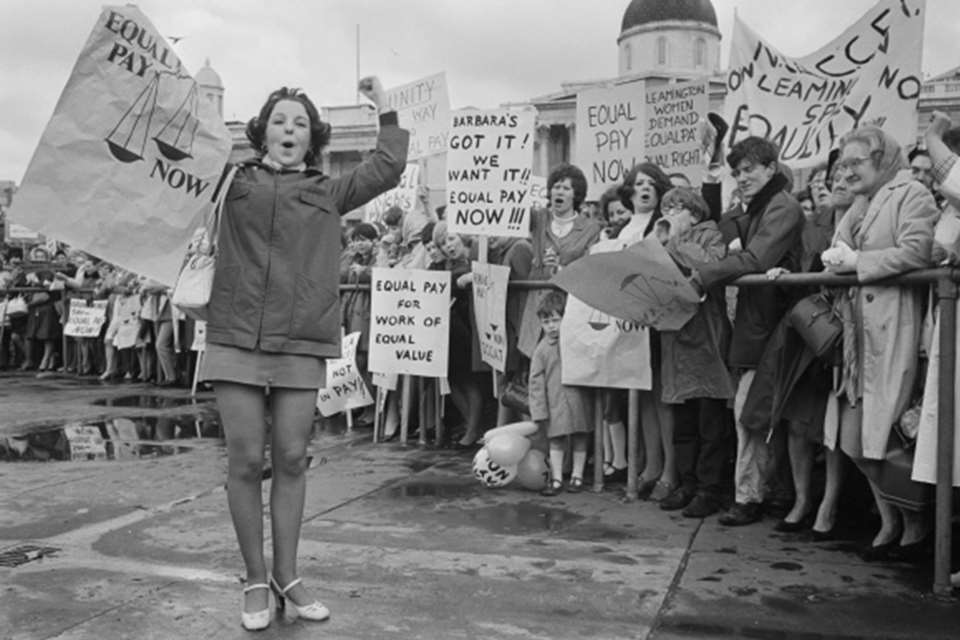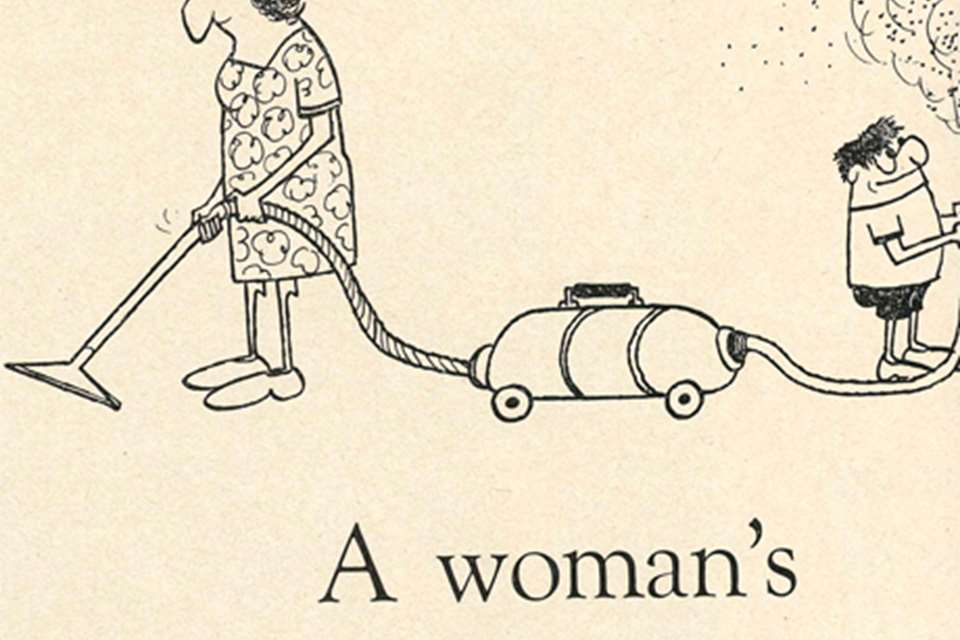Nursery World's 90th birthday supplement now out
Monday, December 14, 2015
Interested to know what would have been on the table at Christmas in 1938? Or what having a baby was like two years after the NHS was first born in 1950? Or the nursery routine of four-year-old Prince Charles?

Nursery World’s 90th birthday supplement, published with the issue out today (14 December),is a magic carpet ride into the child-related social history of the 20th century.

The 36-page supplement contains archive extracts of articles, letters, adverts and recipes providing fascinating and humorous insights into a bygone age, from Prince Charles’s preference for making a racket with his trumpet and drum to fears over aggression induced by 70s TV series Starsky and Hutch and a concerned mother talking about banning comics in favour of ‘worthwhile literature’ such as Robinson Crusoe.
Supplement editor Hannah Crown said, ‘The Nursery World, as the magazine was first known, was launched in a world of strict codes, hierarchies and servants. Over 90 years it is fascinating how attitudes have shifted – no more do we consider it wise to tell readers that they have to be married to get family planning advice, or that “no woman looks her best during birth”.
‘At the same time the core issues such as salaries and a lack of male role models are as hot today as they were at the time of the 1938 Athlone report into the poor pay and conditions of the profession.’
The supplement includes:
Plus ca change? While attitudes may have changed, the key issues in childcare (low pay, prestige, lack of male role models) have remained the same. The role of fathers has transformed completely however, from ‘the children are your affair’ to an early piece on the modern man from 16 November 1961: ‘No longer do fathers wait for school-leaving age before they turn their attention to Bill’s future. From the time when he pushed Bill out for his Sunday morning walk, through successive stages of rough-and-tumble after tea, teaching him how to mend a fuse at six, and looking at his equations at 12, he has been getting to know his son as a person, founding a relationship which will outlast childhood.’
Acts of Parliament: Nursery World has provided a lens through which the big reforms of the 20th century have been viewed. Initial reactions to landmark pieces of legislation on adoption, abortion, equal rights, working conditions, and the founding of the health service have all been captured on our pages. 10 March 1926: ‘After the debate on the Children Adoption Bill several papers had leaderettes on the subject, and most of?them were obviously written by men who had nothing in common with the attitude?of Charles Lamb, who, you may remember, when asked how he liked babies, replied, “Boiled, mam!” One leader included this, “The human baby is not good as a toy. Kit- tens, puppies, and baby lions are all much better company. But there is something about a human baby which compels you to treat it as an end in itself, not as a plaything.”’
Technology: From a piece on how new has technology been greeted as it emerges through the ages, we discover that baby monitors were used in the thirties. From 8 April 1936: ‘I heard a baby whimpering ... Yet there was?no baby in the room! My hostess, seeing my surprise, explained that the baby?was at the top of the house – three floors above – but that with this neat contrivance (it was on the mantelpiece) she could hear every murmur of baby just as clearly as if she were standing by the cot.’
Monarchy: An account of the Queen’s nursery from contributor Margaret Saville: ‘Years ago the Palace nurseries were always governed by strictest etiquette. Even the aids at their work had to rise and curtsey respectfully if the Royal infant went past in the bassinette, and footmen served the meals as ceremoniously as they did the Sovereign’s own dinner. But in these happier democratic days, the pleasant second-floor rooms at Buckingham Palace where the Queen’s children live are just like any other nursery. Prince Charles, who will be five next November, and Princess Anne, three years old in August, are being brought up on modern lines without any undue fuss or formality. It would not be correct to say they are “exactly like other children”. Prince Charles and sister are already being taught to wave and smile back to the crowds who greet them...’
Vintage Christmas: Wartime recipes and Oxford Street in the aftermath of the Second World War: ‘If you have been shopping already you will have noticed that there are more Christmassy things in the shops this year than there have been for many a long day. More toys, for one thing, more Christmas cards and calendars, more pretty wrapping paper, too, and tinsel string to tie up parcels with. In Oxford Street, where last year there was perhaps one man selling air balloons, this year there are?a dozen, and the fruit sellers add to the general brightness with barrows loaded with tangerines, walnuts and purple grapes.’
Mothers and their nannies. The author of Nanny Knows Best, Dr Katherine Holden, delves into the Nursery World letters pages from the 20s to the 50s to depict the struggle of class values and beliefs between mothers and nannies. From a mother on her nannie: ‘What should we call her... Where ought she to feed? Will she hate your friends, or want to know them? If you are smoking, do you offer her a cigarette? Is she in fact like ourselves inside?’
Advertisements. From home enema kits from the 20s, wooden car seats and woollen underwear from the 30s, and guidance on ‘what to do when you child first says *****!’ from the 70s, we’ve picked out some memorable ads from our pages.
Pioneers: The father of attachment theory wrote a piece for Nursery World in 1953, as his first major public-facing work on the concept was published. We reproduce it with comment from modern-day attachment expert Robin Balbernie. The piece charts early research in the area: ‘[Mothers] know how responsive their babies are to their own moods, and the closeness of the bond that links them together. And they realise how necessary their presence is to a small child when he is afraid, or ill, or in strange surroundings, or when danger threatens. These things are being rediscovered in?a scientific way…’
Titbits: Some of the ideas in Nursery World has been forward thinking, some less so. E.g. ‘Although the birth of your baby is an exciting experience it can also be a traumatic one and, to be honest, no woman looks her best during birth when she is working hard to deliver her infant. You may prefer your husband to see you when it is all over and you can sit up in bed with your make- up on, wearing your prettiest nightdress and with the new baby held proudly in your arms.’
Job adverts. We’ve selected some classics: E.g. from 28 Jan 1960 ‘British Diplomat proceeding Sofia requires immediately, nannie for one year old daughter, must be over 30 and prepared for no social life.














